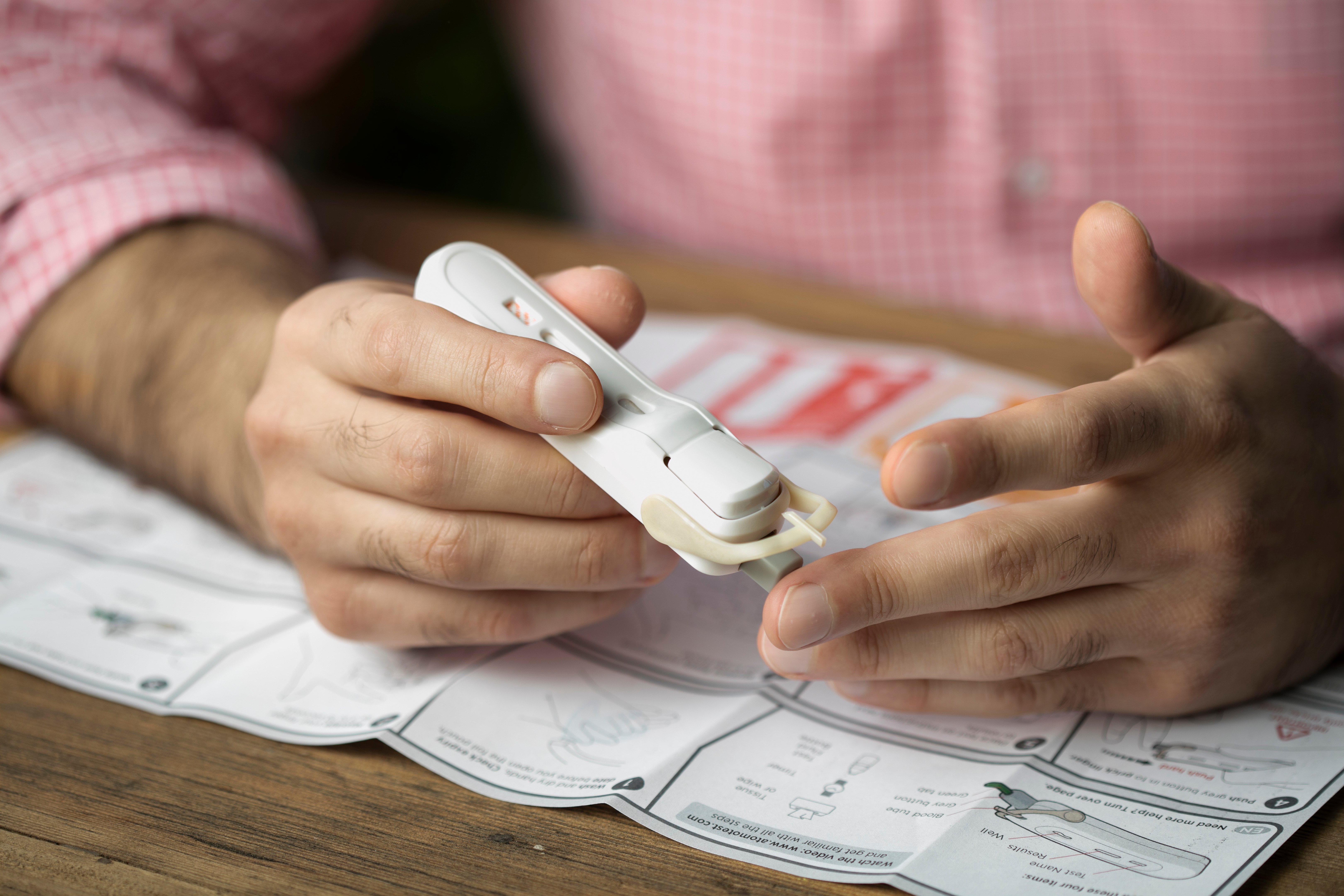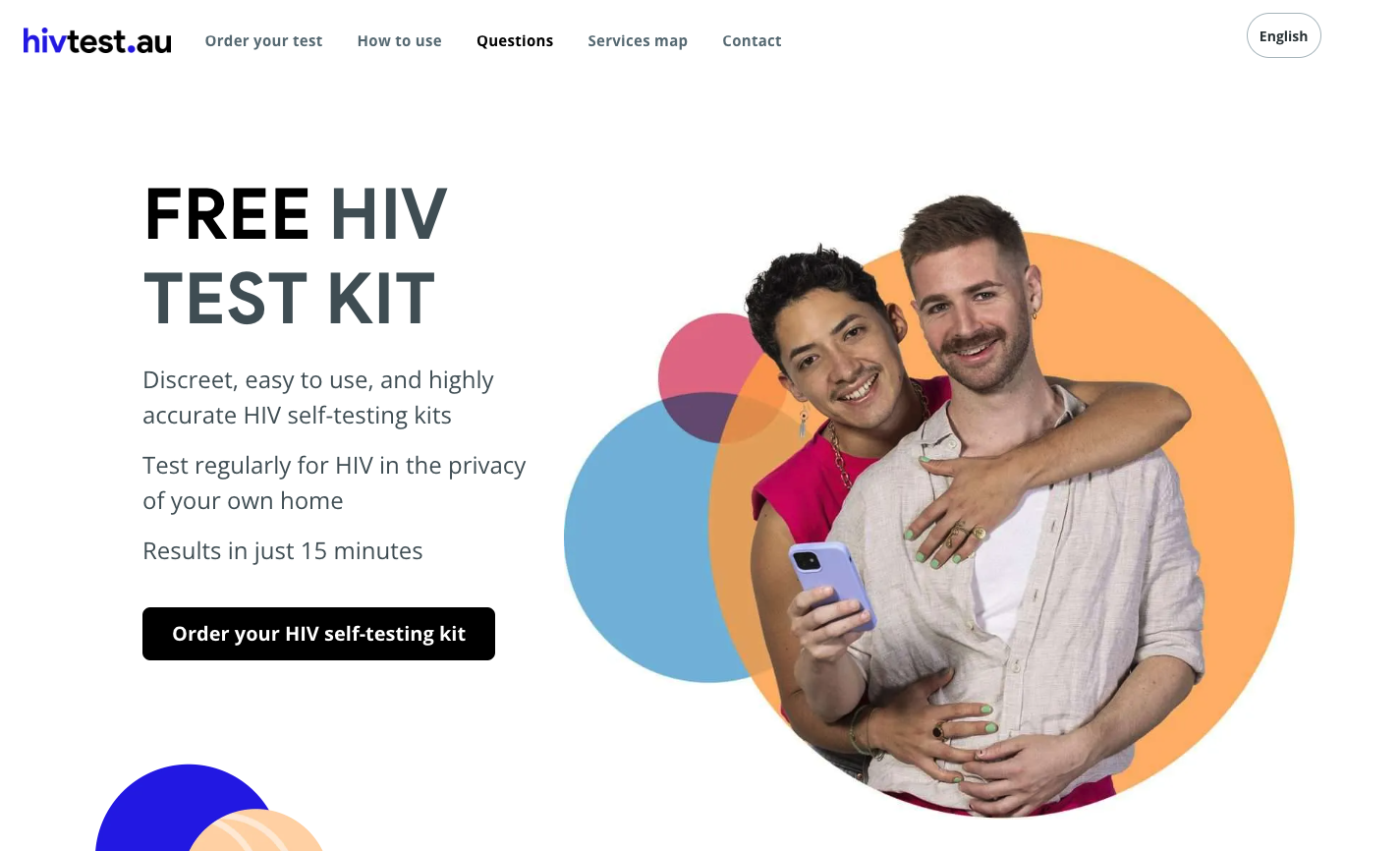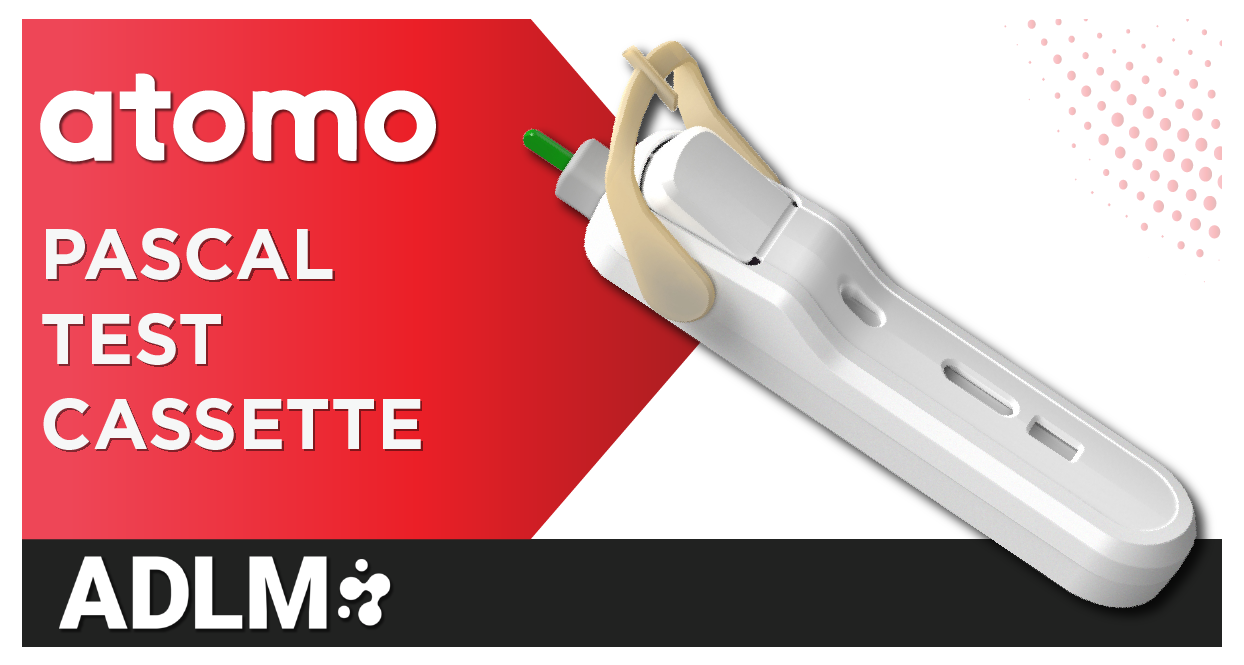How Improved Usability Improves Testing – From Users to Manufacturers
In today’s fast-paced healthcare environment, and off the back of a changes to the acceptability of at-home testing brought about by the COVID pandemic, the demand for accessible, accurate, and user-friendly diagnostics is growing. Among the most impactful tools in this space are rapid diagnostic tests (RDTs) that can be used in community and at-home settings without the need for clinical intervention; simple, point-of-care tests designed to deliver quick results for a range of conditions, from infectious diseases like HIV and syphilis to general health monitoring for iron deficiency and of course for pregnancy.





